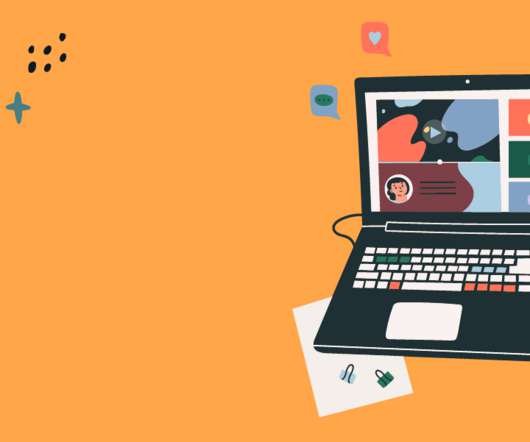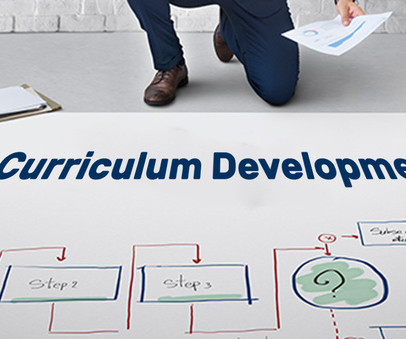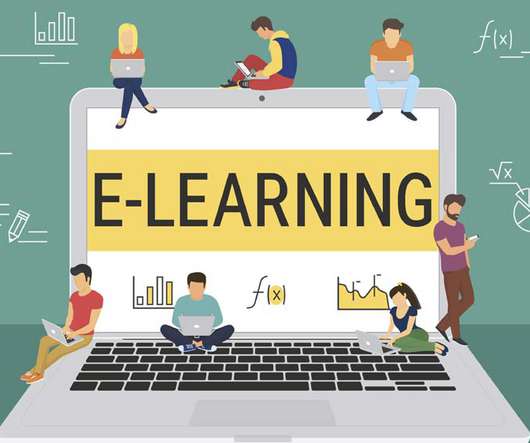What are the Benefits of Using Gamification in the Workplace?
Hurix Digital
NOVEMBER 30, 2023
Gamification is becoming more widely acknowledged as a key tactic for improving motivation, participation, and retention of knowledge. This is proven by the fact that the learning and development sector has been completely revolutionized by the gamification market, which was valued at $10 billion in 2022. from 2023 to 2032.
































Let's personalize your content